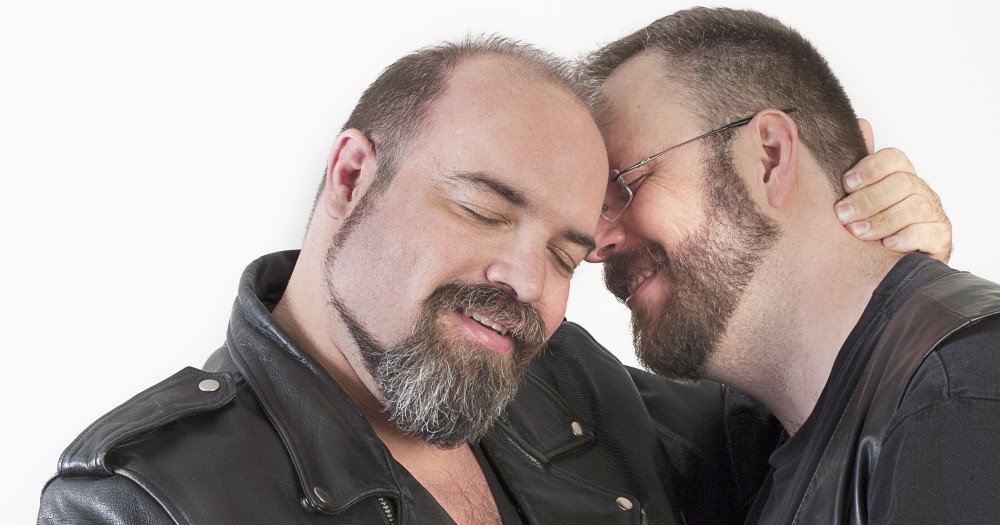
Illustration of “A Mad Tea Party” in chapter in Lewis Carroll’s Alice’s Adventures in Wonderland in which Alice meets the Mad Hatter, the March Hare and the Dormouse. Text on Hatter’s hat reads “In this style 10/6”.
Illustratuon by John Tenniel.
Some people have asked me, “What is an English Tea Reception?”
There are a number of sites that cover this topic, but before I cover this, I will share a story from 1985, when I was 11 years old travelling in England with my mother and sister. It was the first time I had ever been outside of Canada and it set the stage for my love of travel and trying different things.
My mother, which many of you will meet, and some of you have met, was driving us all over England for two weeks, following my Aunt, Uncle and cousins who had been living in Europe, from New Forest, covering parts in The South, all the way up to Manchester. It was an amazing trip for me, visiting two countries – England and Wales (very briefly).
Mum insisted on stopping, almost, everywhere for English afternoon tea including, of course, tea – you can’t forget tea; scones, clotted cream and jam. The stops grew increasingly frequent and by the time the trip was nearly over:
- Every time we saw a cow, Robyn and I would say, “Oh look, there’s a cream tea!”
- I got so tired of drinking tea, I started requesting coffee.
From “Afternoon to Remember“:
While drinking tea as a fashionable event is credited to Catharine of Braganza, the actual taking of tea in the afternoon developed into a new social event some time in the late 1830’s and early 1840’s. Jane Austen hints of afternoon tea as early as 1804 in an unfinished novel. It is said that the afternoon tea tradition was established by Anne, Duchess of Bedford. She requested that light sandwiches be brought to her in the late afternoon because she had a “sinking feeling” during that time because of the long gap between meals. She began to invite others to join her and thus became the tradition.
There various tea times as described by the website:
- Cream Tea — A simple tea consisting of scones, clotted cream, marmalade or lemon curd and tea.
- Low Tea/Afternoon Tea — An afternoon meal including sandwiches, scones, clotted cream, curd, 2-3 sweets and tea. Known as “low tea” because guests were seated in low armchairs with low side-tables on which to place their cups and saucers.
- Elevensies — Morning coffee hour in England
- Royale Tea — A social tea served with champagne at the beginning or sherry at the end of the tea.
- High Tea — High tea connotates an idea of elegancy and regal-ness when in fact is was an evening meal most often enjoyed around 6 pm as laborers and miners returned home. High tea consists of meat and potatoes as well as other foods and tea. It was not exclusively a working class meal but was adopted by all social groups. Families with servants often took high tea on Sundays in order to allow the maids and butlers time to go to church and not worry about cooking an evening meal for the family.
So we are actually having a Low Tea/Afternoon Tea, or what some may call a Full Tea.
A few more sites that cover English Tea:
